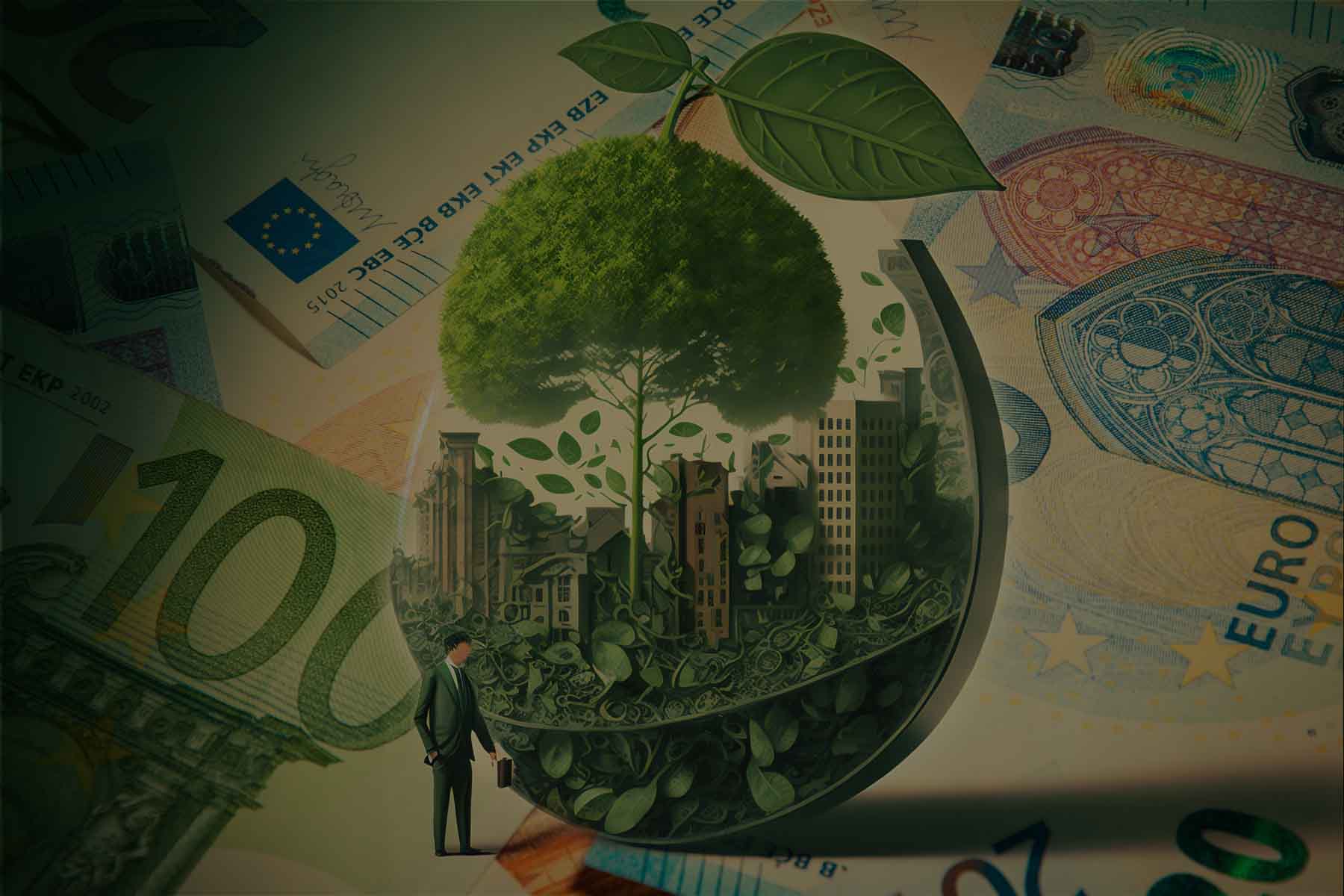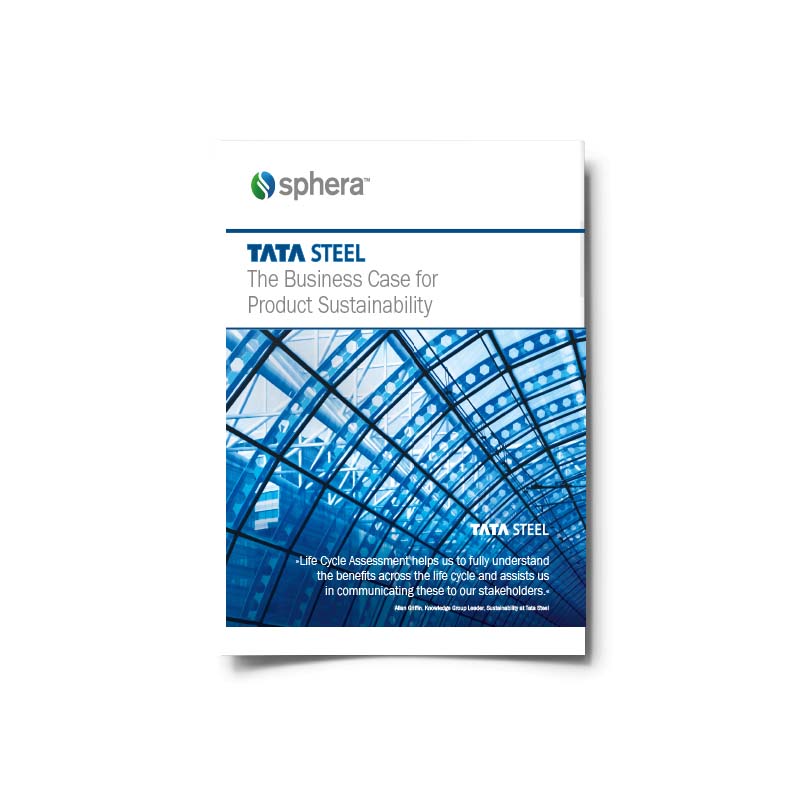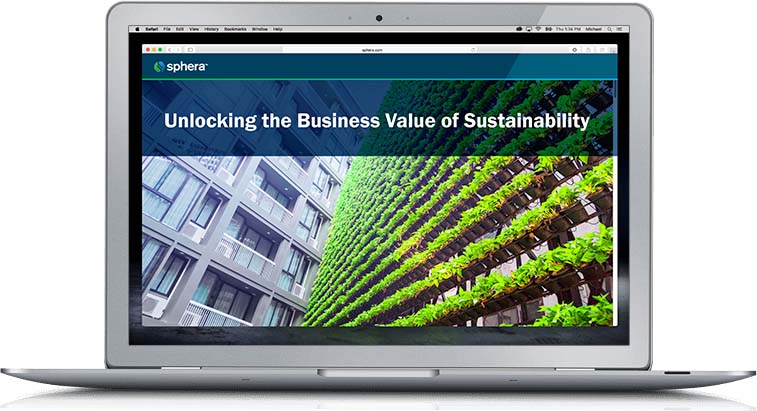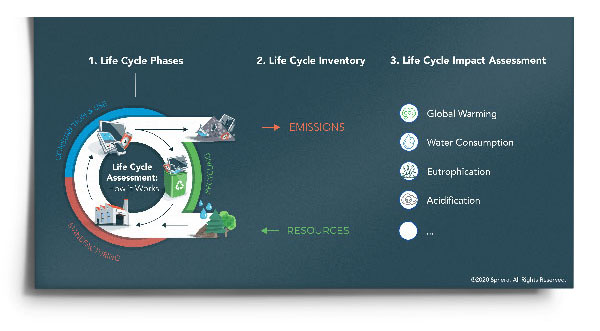As always, a new year brings new laws, and the EU Taxonomy regulation is among those that will be ushered in when the calendar flips to 2023. While parts of the EU Taxonomy—specifically the objectives of climate change mitigation and climate change adaptation—went into effect on January 1, 2022, the remaining objectives will apply at the start of 2023 to make it fully effective. The EU Taxonomy—also referred to as the Green Taxonomy—supports the EU’s goal of climate-neutrality by 2050.
What Is the EU Taxonomy?
The EU Taxonomy acts as a green classification system for evaluating the environmental impact of various economic activities, providing clear definitions for otherwise vague concepts such as “green” and “sustainable.” It is a practical approach to determining environmentally sound economic activities and provides applicable methodology for calculating a company’s environmental impact.
The EU Taxonomy has six environmental objectives, which are:
- Climate change mitigation
- Climate change adaptation
- Sustainable use and protection of water and marine resources
- Transition to a circular economy
- Pollution prevention and control
- Protection and restoration of biodiversity and ecosystems
For a company’s activity to be categorized as a sustainable economic activity by the EU Taxonomy regulation, it’s required to contribute to at least one of the six environmental objectives while doing no significant harm to any other objective. For example, company actions aiming to protect water resources while simultaneously polluting the air or harming biodiversity will not be determined sustainable.
Sustainable economic activity must also comply with minimum social safeguards. Like many ESG regulations, the EU Taxonomy regulation considers forward-thinking contributions, as well as efforts to curtail negative environmental and social impact.

Do No Significant Harm
The principle of “do no significant harm” (DNSH) is firmly established within the EU Taxonomy, as well as the Sustainable Finance Disclosure Regulation (SFDR). It’s included in the taxonomy’s criteria, which are:
- The activity contributes to at least one environmental objective.
- The activity “does no significant harm” to any of the six environmental objectives.
- It meets minimum safeguards, such as the U.N. Guiding Principles on Business and Human Rights, to avoid negative social impact.
- It complies with the technical screening criteria developed by the EU Technical Expert Group.

The European Green Deal and the EU Taxonomy
The European Green Deal was established as part of the European Action Plan, focused on boosting sustainable growth funds and redirecting capital toward more sustainable investments. The framework of the EU Green Deal is dependent on sustainable finance and requires both the public and private sectors to shift company financing in a greener direction. The EU’s goal of a climate-neutral economy by 2050 is a lofty one, as is the interim goal of reducing emissions by 55% by 2030. To accomplish this, the European Green Deal contains a ten-year (2020-2030) investment plan of one trillion Euros.
To satisfy the objectives of the European Green Deal, the European Commission (EC) implemented the taxonomy in the hopes of nudging corporate investors toward more sustainable projects. The taxonomy aims to give legitimately green activities more visibility and appeal to corporate and private investors, as well as limit which activities can be called “climate friendly.” The regulation also intends to eliminate greenwashing, wherein institutions overstate or falsify their environmental credentials.
The EU Taxonomy, the European Green Deal and the SFDR share the goals of redirecting capital streams toward sustainable investments, designating sustainability as a key element of corporate risk management, and enabling long-term economic investments while ensuring fair competition for all companies within the EU.
Greener Pastures Ahead?
The scope of the EU Taxonomy is broad, as it applies to financial market participants that must report under the SFDR and companies that must report under the Corporate Sustainability Reporting Directive (CSRD), as well as the EU and its member states. The European Parliament’s July decision to include nuclear energy and natural gas as sustainable energy sources raised concerns, however these sources are only considered sustainable under the taxonomy if they are used to replace fossil fuels such as coal and oil. Stay tuned to see how the EU Taxonomy regulation impacts economic activity in 2023 and beyond.










